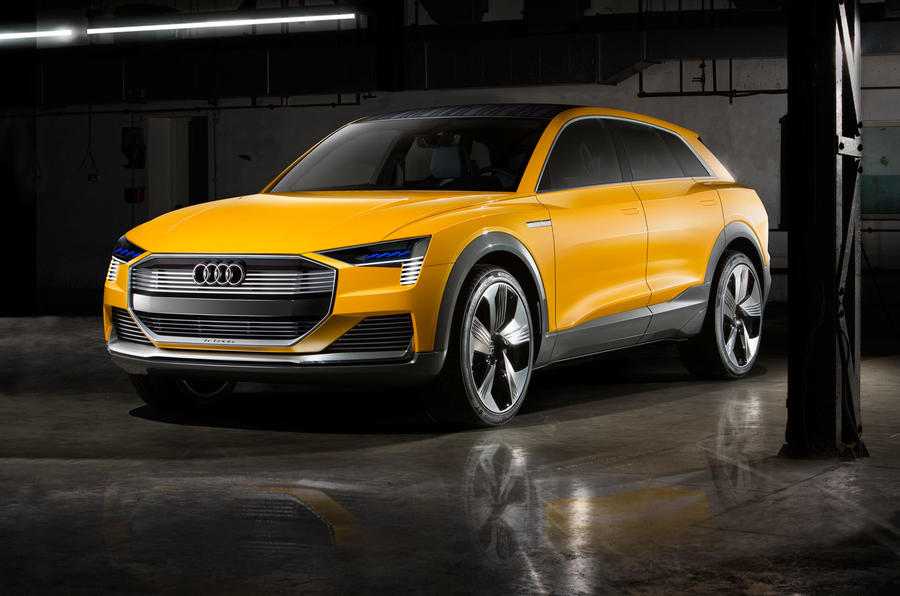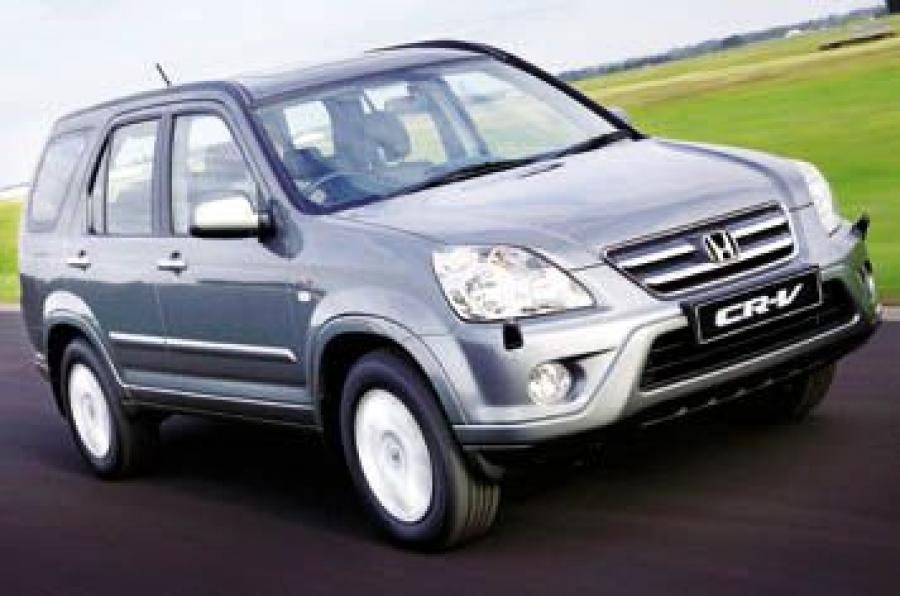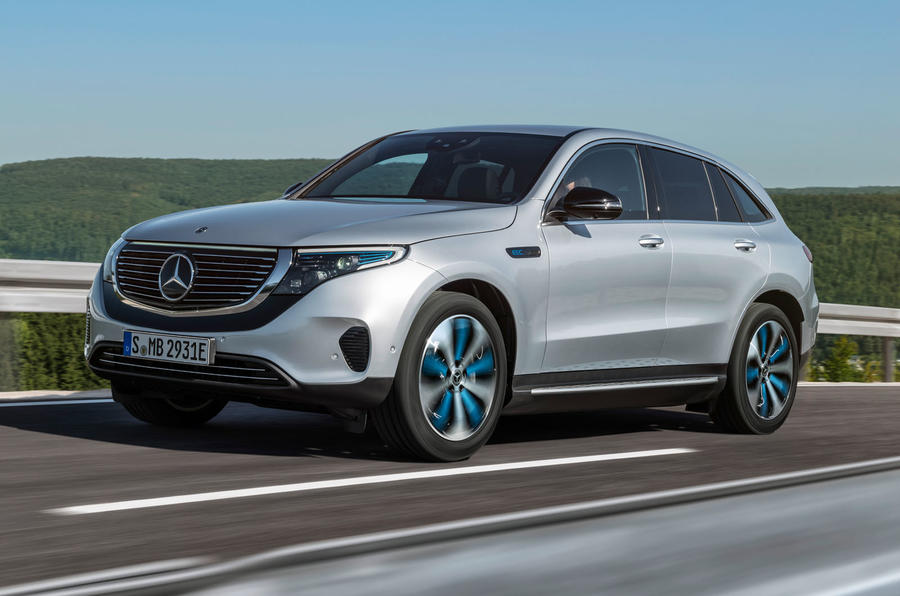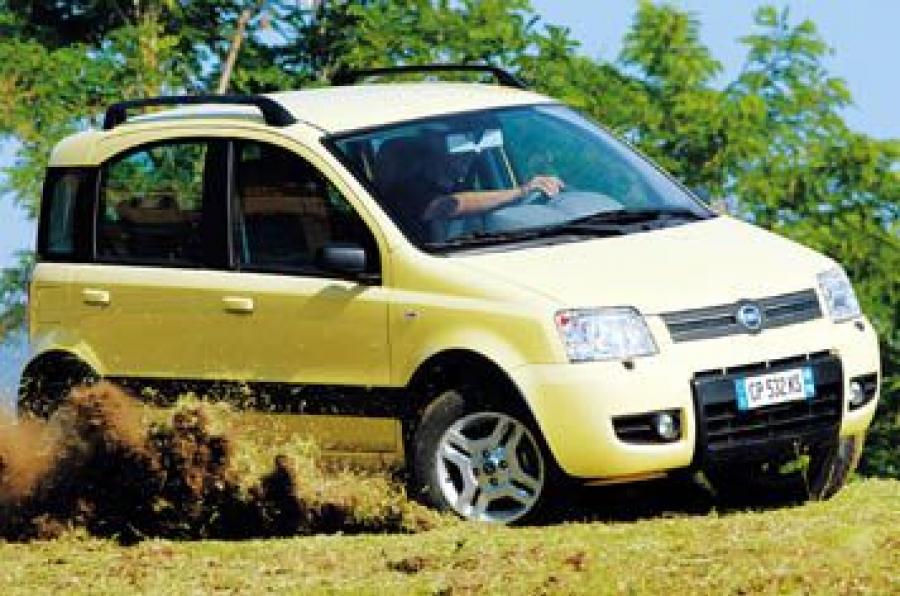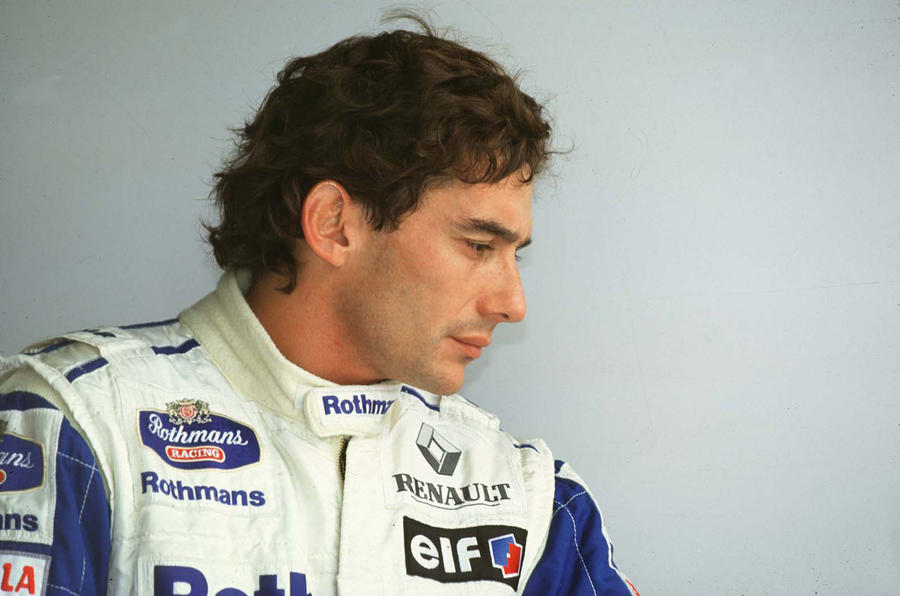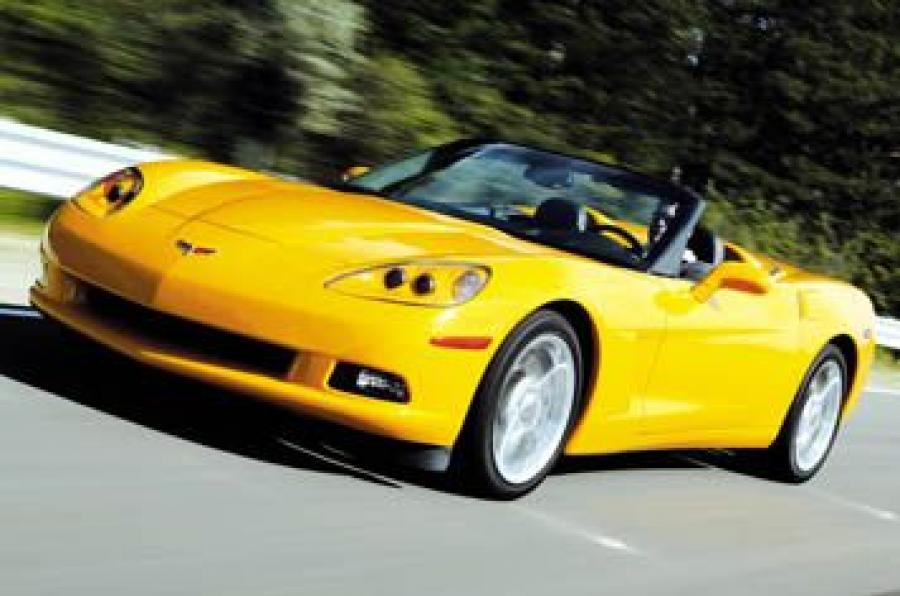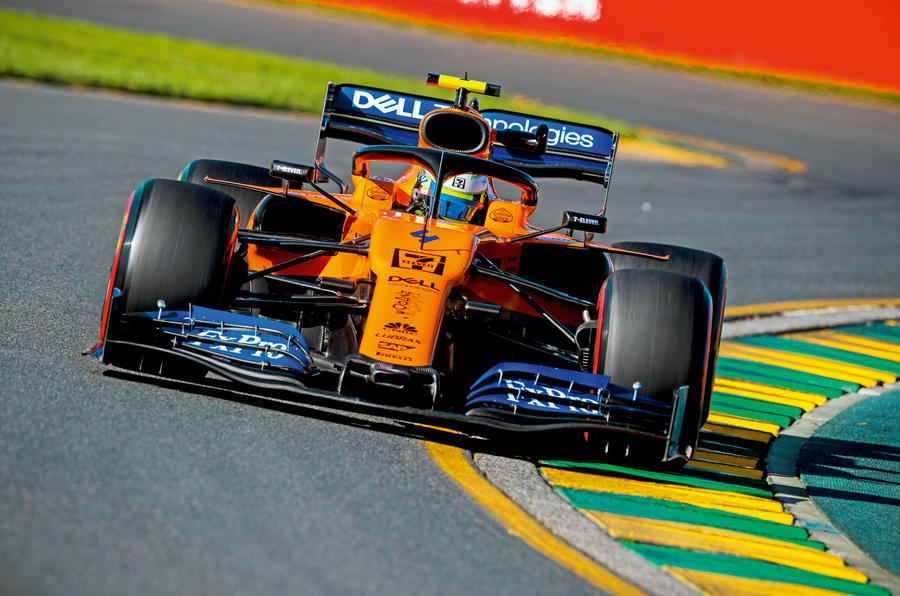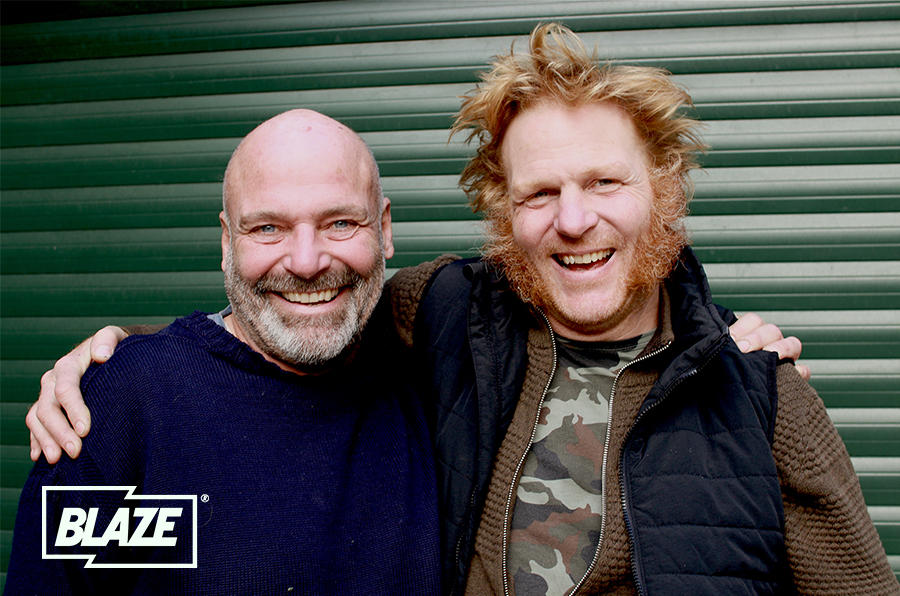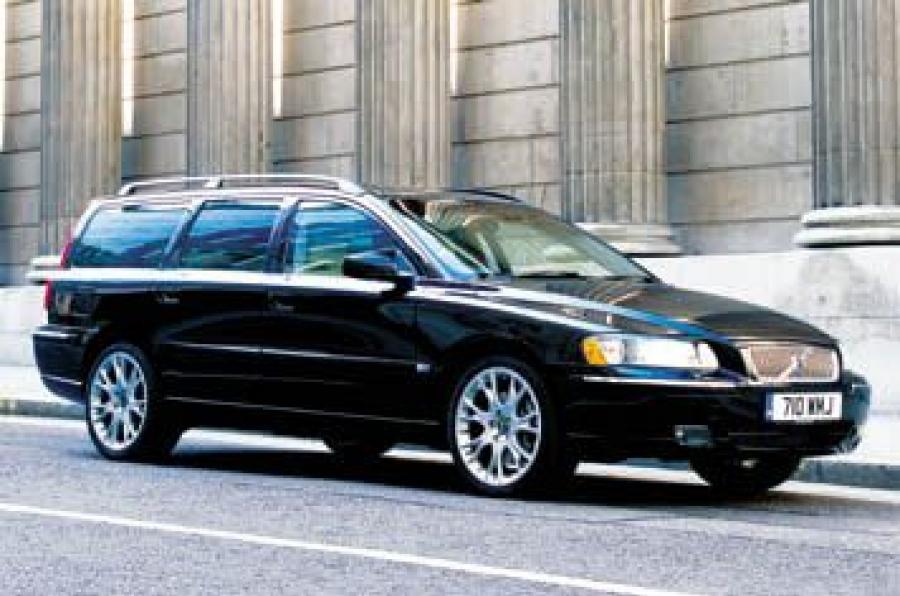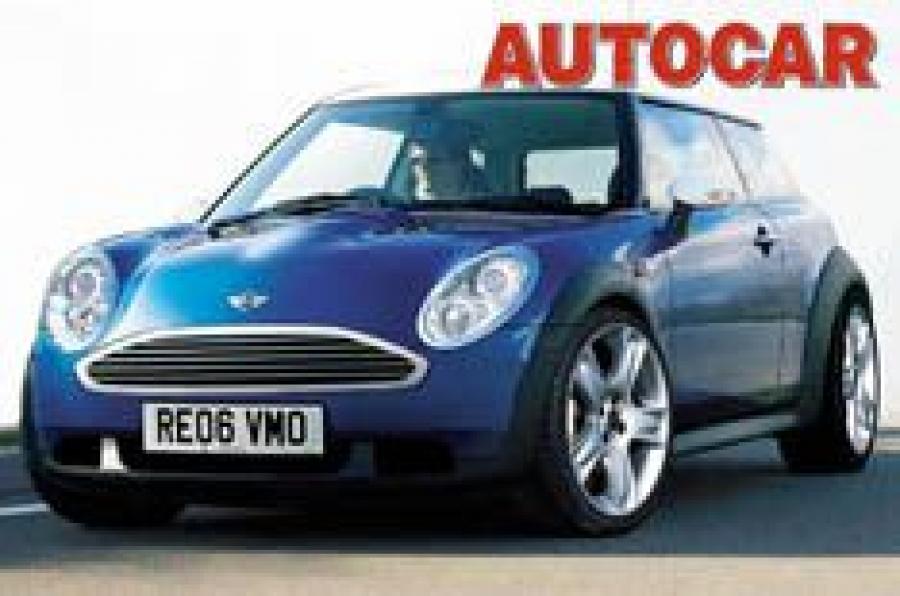
Not content with the success of the three-year-old Mini, BMW is busy developing its successor. Project R56 will sire up to four Mini models; the first will go on sale in little more than two years.
First up in September 2006 is the replacement for today’s three-door hatch (shown above in our artist’s impression). In March 2007 a five-door hatchback will arrive offering more interior space and – at last – usable rear seats, thanks to a wheelbase that is 120mm longer.
A new convertible to replace the just launched soft-top will arrive in April 2008; an estate variant not unlike the Mini Wagons exhibited by Castagna at this year's Geneva show (right) is awaiting approval from BMW chairman Helmut Panke. In early sketches it harks back to the original Mini estate, with van-style rear doors.
There’s little wrong with the current Mini’s styling, so the design strategy is ‘if it ain’t broke don’t fix it’. The retro look continues, with a classic BMW soft facelift and only detail changes.
However, Munich is planning to stem the high production costs of today’s Oxfordshire-built Mini. BMW will outsource more modules (component sets such as front suspension) and plans a clip-on plastic roof cover so owners can change roof decals throughout the life of the car. Cunningly, it also means cars won’t have to pass through the paint shop twice – an expensive and time-consuming process.
More serious changes will be made under the skin. The Brazilian-built 1.6-litre Tritec petrol engine will be replaced by lighter, more compact 16-valve 1.4- and 1.6-litre four-cylinder powerplants engineered in a joint venture between BMW and Peugeot. These so-called Prince engines will be available with 75bhp and 90bhp outputs from the 1.4-litre, 115bhp and 170bhp outputs from the 1.6-litre. The 1.6 is earmarked for the successor to the Cooper S. The air scoop on the current model will be replaced by a bonnet bulge.
